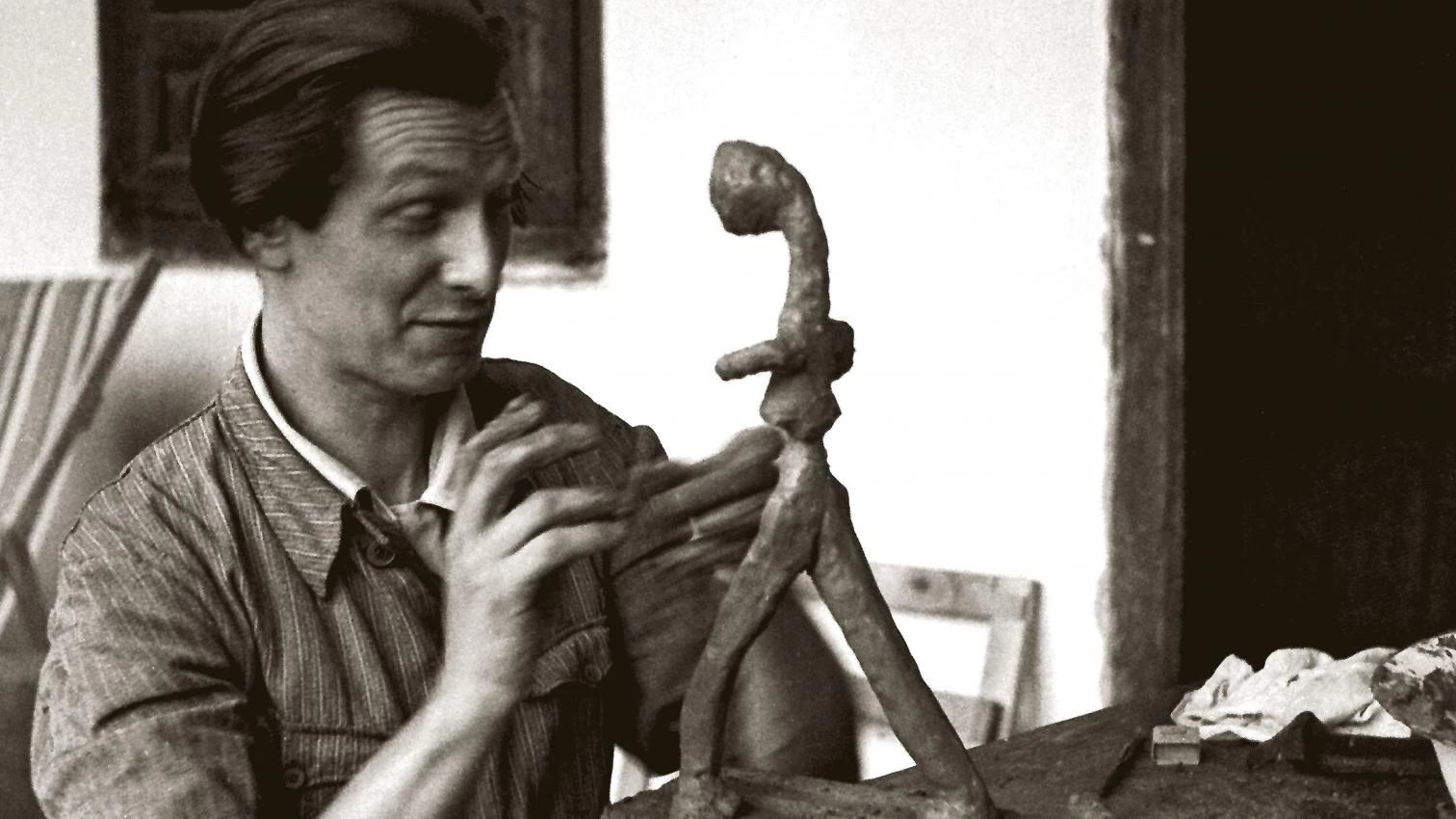
Mathias Goeritz (Danzig, 1915-Mexico City, 1900) was an artist who journeyed through practically all the artistic disciplines and languages of the 20th century with astonishing ease and historical timing. This becomes clear in the Reina Sofía Museum’s anthological exhibition devoted to him, titled ‘The Return of the Snake.’ The difficulty in trying to understand his zigzag trajectory is alleviated by the fact that it intertwines with a constellation of names, many of them architects, who had a bearing on his work and life, both marked by permanent exile and travel. Goeritz has been repeatedly presented as a rival of Mexican muralists and a representative in Mexico of the international culture of abstract-concrete art. This dichotomy conceptually sets apolitical abstract-concrete art against politicized muralism in conceptual pairs: local/global, identifying/generic, critical/acritical, social/individual, proletarian/bourgeois. Goeritz would always align with the second terms. However, there is an alternative to this colonizing European reading, an interpretation where the actor colonized by an alleged primitive Mexican native is Goeritz himself, who thus appears as an invader of American space, as a real other in a cultural space which is as marked in identifying terms as the post-revolutionary surrealist Mexican one is. It is this reading that I will discuss below through a series of space-time milestones...





